CQC to publish guidance on using hidden cameras in care homes
The Care Quality Commission has agreed to publish guidance on using overt and covert surveillance in care homes, for both the general public and care home providers.
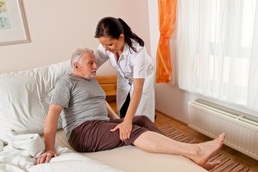
The decision to go ahead and print the guidance was made at a Care Quality Commission (CQC) board meeting, however board members did call for legal advice to be clarified and for the text of the guidance to be made more consumer-friendly and accessible.
Andrea Sutcliffe, chief inspector of adult social care at the Care Quality Commission, said: “We know that exploring the potential use of hidden and public cameras in care homes and other care settings is a really sensitive issue – and one that provokes a huge range of debate and opinion.
“We have spent the past year really listening to people who are using health and social care services, their families, providers and partners on their experiences, anxieties and concerns that matter to them.
“The information we will publish for providers makes clear the issues we expect them to take into account – for example, consulting with people using the services and staff – if they are considering installing hidden or public cameras.”
She added: “I hope the information we will publish for the public will help them make the right decisions in difficult circumstances and I look forward to making sure that this information is written in a way that is most useful for them.
“I am clear that any form of surveillance cannot be seen as the only way to ensure people are receiving safe, high-quality and compassionate care. We need enough staff, properly trained and supported who really care to ensure people get the services they have every right to expect.”
Ms Sutcliffe said she wanted to reassure the public that the CQC will come down like a “ton of bricks on anyone who provides inappropriate care”.
Cameras expose 'terrible cruelty and neglectful care'
Care and Support Minister Norman Lamb, welcomed the decision to publish guidance on surveillance, saying: “Cameras have helped to expose terrible cruelty and neglectful care. Decisions about using surveillance are extremely difficult – there is always a balance to be struck between protecting people and respecting their right to privacy –but this information will help families to make the right choice for them.
“We are committed to preventing poor care from happening in the first place and have introduced tougher standards for inspecting care services as well as measures to shut down those that aren’t up to scratch.”
However there was some criticism of the guidance at the board meeting with board member Louis Appleby commenting that the guidance for the general public is not “reassuring enough for people who are worried and not sure what to expect” if they do decide to use hidden cameras.
Camilla Cavendish, another board member called for the guidance to be clearer about “the legal situation” surrounding overt and covert surveillance.
David Hogarth, chairman of Westminster Older People’s Action, voiced concerns that the public information guidance would deter people from using covert surveillance as the language would make people “scared”.
In recent years, a number of high-profile abuse cases such as that at Winterbourne View care home, have been exposed by secret filming. An increasing number of family members have taken covert footage because they say they are not being listened to over fears their relatives are being abused and maltreated. This has resulted in TV programmes such as Panorama highlighting the issue.
Dignity and privacy must be 'respected'
However, using CCTV in care homes does raise questions of capacity, consent and privacy.
Davina Ludlow, director of care home directory carehome.co.uk, is very concerned about the repercussions of using covert surveillance. She said: “Whilst we welcome any action that helps protect residents, it is vital that dignity and privacy is also respected. We shouldn’t lose sight of the fact that a care home is not just a care home, it is a resident’s home.
“Covert surveillance needs to be used wisely, as it can easily impact on residents' freedom, and it may also have an effect on the motivation of staff. In conjunction with the CQC’s guidance, we also need to work harder to train, support and inspire the next generation of care workers, rather than relying on extreme measures like this.”
On-going training best way of stamping out poor care
Des Kelly, executive director of the National Care Forum, which represents care home providers, believes the fact families feel it is necessary to install secret camera does raise some important issues. However he added: “It is difficult to see how a policy to use covert surveillance would be justified unless there were strong suspicions or evidence.
“Professional and thorough recruitment systems, clear policies and procedures reinforcing person-centred approaches, induction, on-going training opportunities, support and regular supervision, ought to be the best means of ensuring staff deliver quality care and support.”
In response to families feeling they have to take matters into their own hands, the Care Quality Commission (CQC), last year agreed to view all footage that families present to them.
A spokesman for the CQC said: “We will look at footage that is offered to us by families. Up to this point it has been patchy but we will agree to look at everything that is sent to us. If a family offers us footage we will watch it.”
“This is also an issue for people who have dementia where the mental capacity act, should apply and nobody should make decisions on behalf of a person unless it is in their best interests and unless they have assessed whether the person has capacity to make the decision for themselves.”
The CQC said the guidance for both care providers and the general public will be published next year once amendments have been made.
To vote on whether you think there should be CCTV in care homes, please go to our debate: www.carehome.co.uk/news/article.cfm/id/2/should-there-be-ctv-in-care-homes
Latest News Analysis
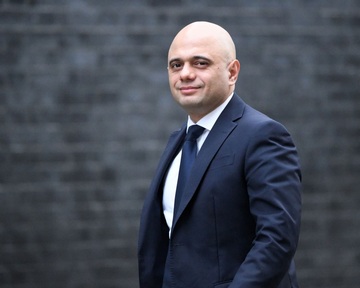 04-Sep-19
Extra £1.5 billion announced for social care in Chancellor's Spending Review
04-Sep-19
Extra £1.5 billion announced for social care in Chancellor's Spending Review
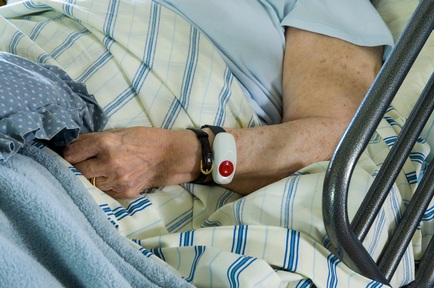 02-Jul-19
Department of Health forced to rethink care homes' nursing rates after legal challenge
02-Jul-19
Department of Health forced to rethink care homes' nursing rates after legal challenge
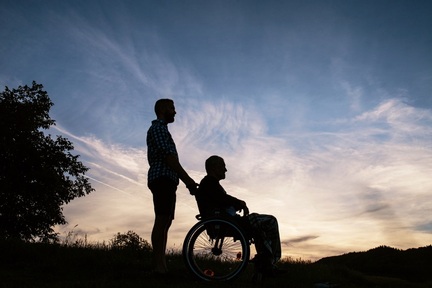 18-Jun-19
Overnight care workers forced to sleep in offices and told 'bring your own bedding'
18-Jun-19
Overnight care workers forced to sleep in offices and told 'bring your own bedding'
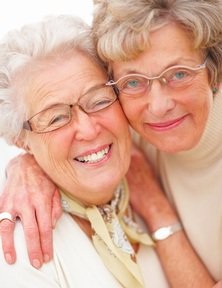 14-Jun-19
Back in the closet: Third of care home staff have had no LGBT+ awareness training
14-Jun-19
Back in the closet: Third of care home staff have had no LGBT+ awareness training
 11-Jun-19
PM candidates on social care: Rory Stewart calls fixing care an 'unfinished revolution'
11-Jun-19
PM candidates on social care: Rory Stewart calls fixing care an 'unfinished revolution'